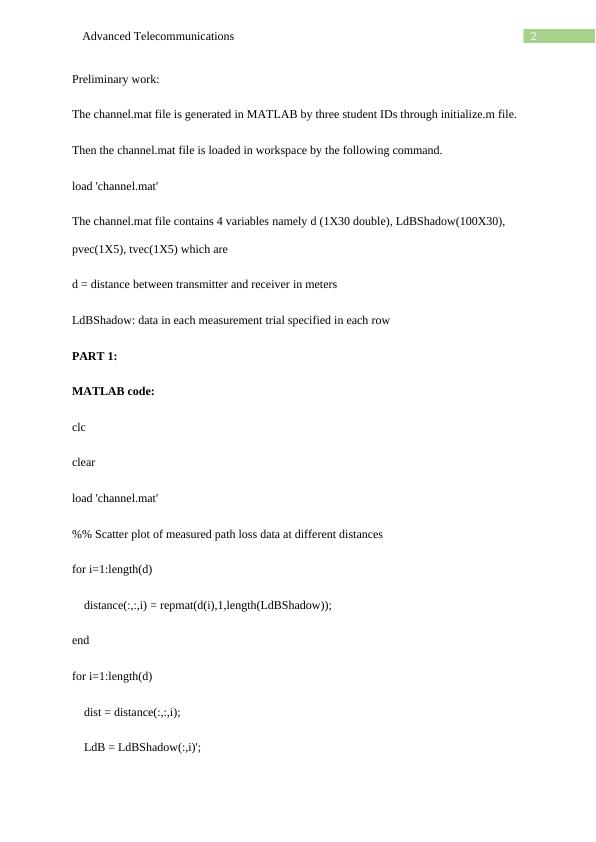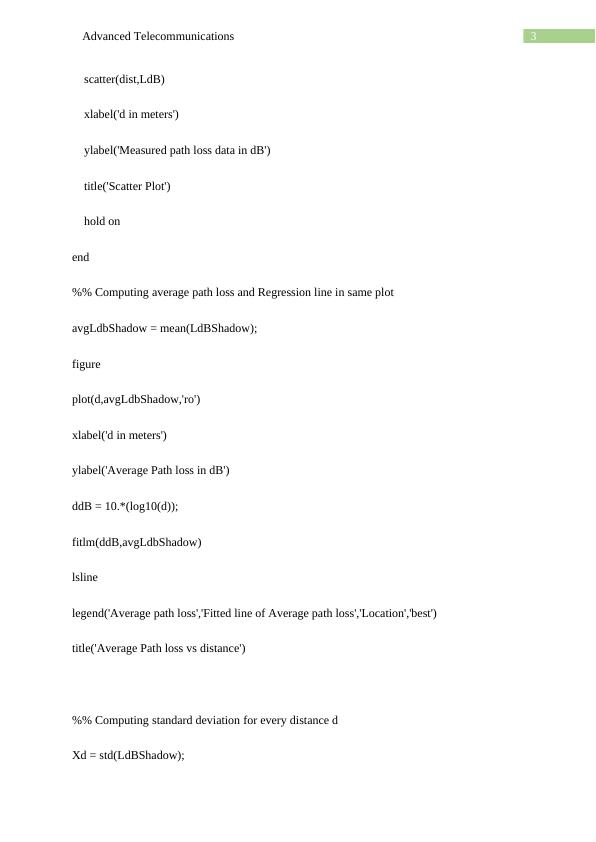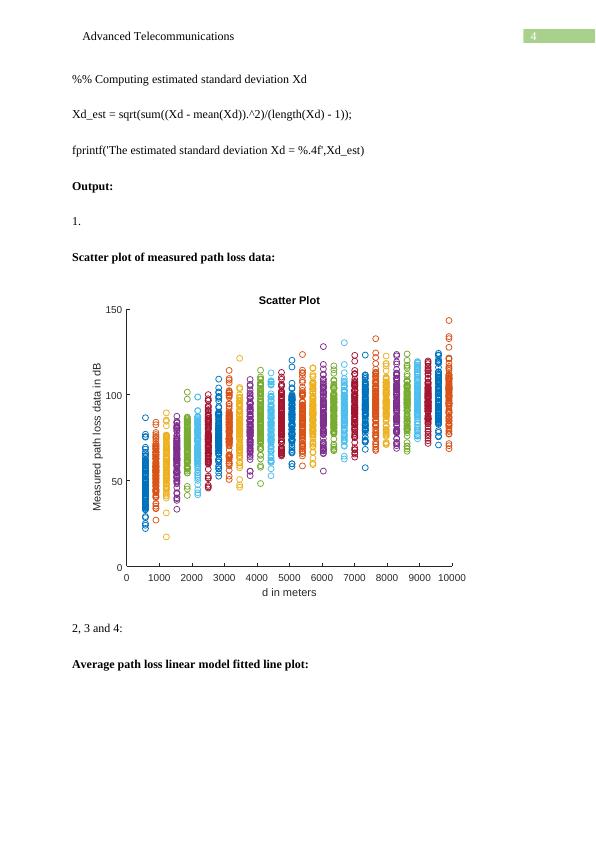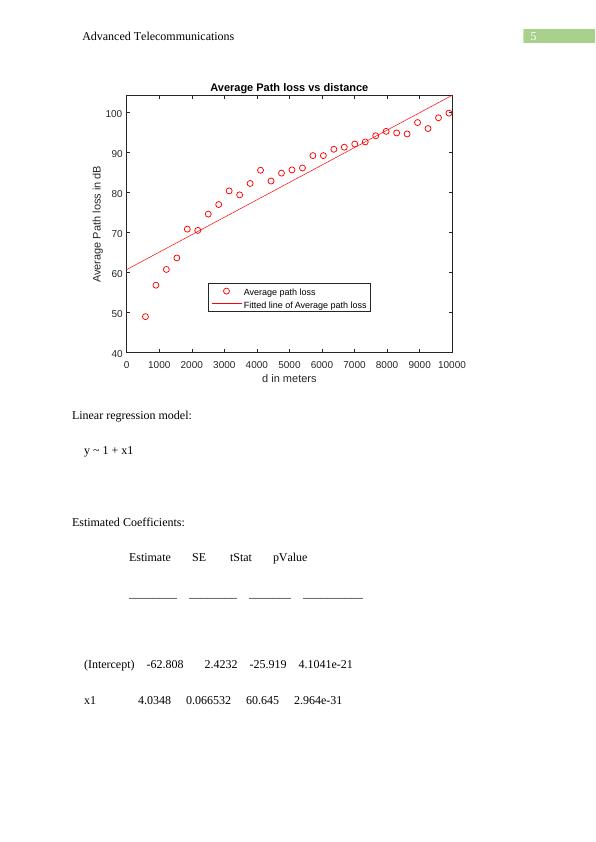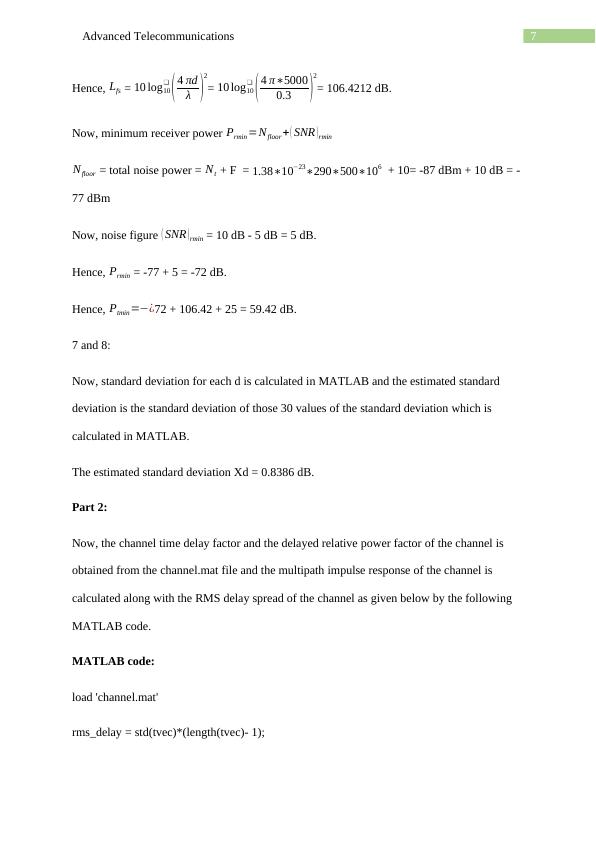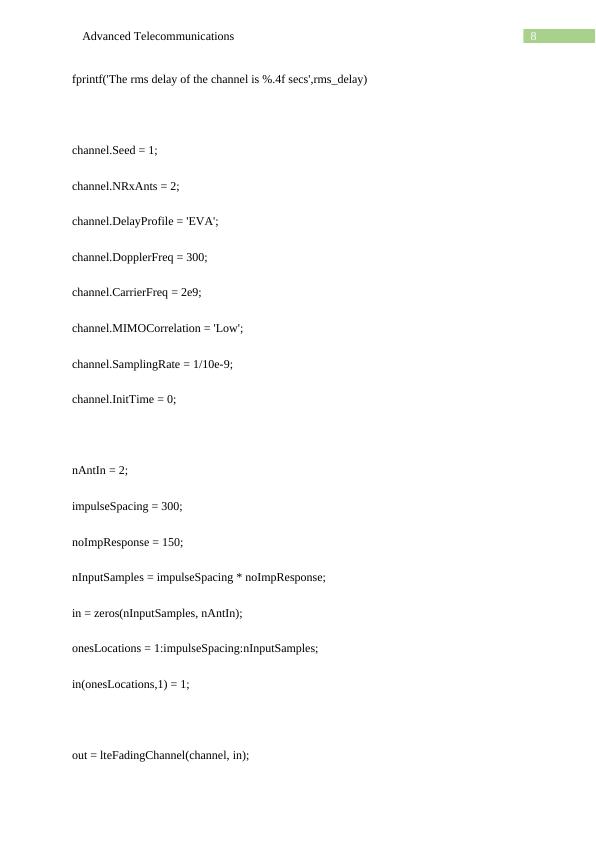Performance of OFDM System in Flat Rayleigh Fading Channel
Design and implement a multicarrier wireless communication system for providing wireless broadband services to a regional city in Queensland.
31 Pages2702 Words112 Views
Added on 2023-03-31
About This Document
Simulate the performance of OFDM system in a flat Rayleigh fading channel with data of impulse response of pvec and tvec vector.
Performance of OFDM System in Flat Rayleigh Fading Channel
Design and implement a multicarrier wireless communication system for providing wireless broadband services to a regional city in Queensland.
Added on 2023-03-31
ShareRelated Documents
End of preview
Want to access all the pages? Upload your documents or become a member.
Task and Design Project Assessment 2022
|14
|2012
|17


